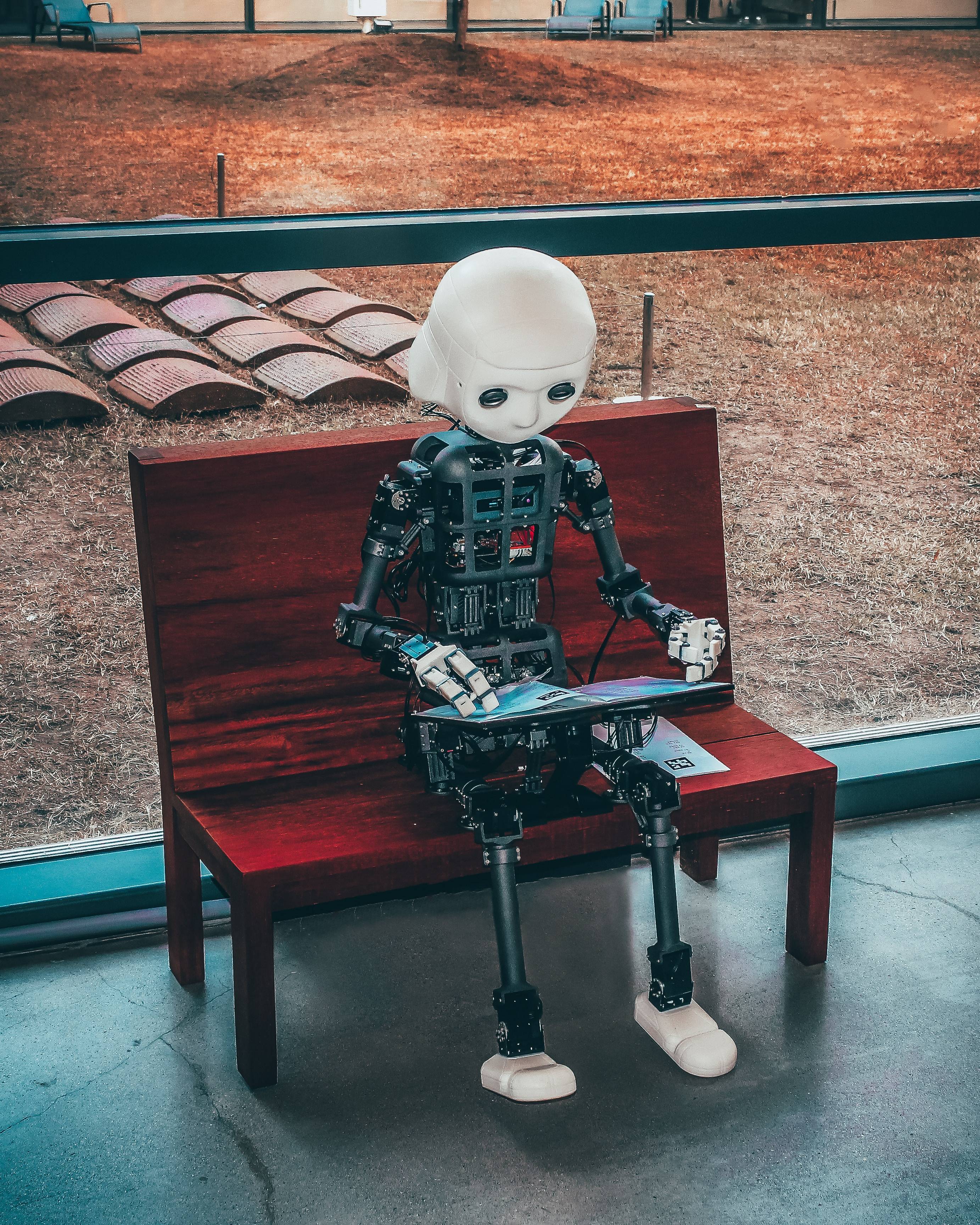Training a Convolutional Neural Network (CNN) for object detection can be a complex and daunting task, requiring a deep understanding of model architectures, data augmentation techniques, evaluation metrics, and hyperparameters. However, in this blog post, we aim to simplify the process for you by providing a comprehensive guide that covers the essential aspects of training a CNN for object detection. Whether you are a beginner or an experienced practitioner, this guide will help you navigate through the necessary steps, enabling you to train accurate and robust object detection models. We have done the groundwork, drawing from our experience, to provide you with practical insights and recommendations. So, let’s dive in and explore the fascinating world of object detection with convolutional neural networks!
Choosing the Right Model Architecture, Augmentations, Metrics, and Hyperparameters.
When training a convolutional neural network (CNN) for object detection, selecting the appropriate model architecture is crucial. We have done the groundwork based on our experience to provide you with valuable insights. The choice of model architecture depends on factors such as accuracy, speed, and resource constraints. Additionally, data augmentation techniques play a vital role in increasing the diversity of your training data, reducing overfitting, and improving the generalization capabilities of your model. Evaluating your model’s performance requires careful consideration of metrics such as mean Average Precision (mAP) and Intersection over Union (IoU). Finally, hyperparameters like learning rate, batch size, and optimizer selection have a significant impact on the training process and model performance. We explored these aspects in detail, offering practical recommendations to help you make informed decisions. We have based on our experience and did the groundwork for you.
Review dataset to understand image patterns
Before diving into training a CNN for object detection, it is essential to thoroughly review your dataset to gain insights into the image patterns present. Understanding the characteristics and variations in your dataset will help you make informed decisions during the training process. Start by visually inspecting the images and annotations to get a sense of the object classes, their sizes, and the complexity of the scenes. Analyze the distribution of object instances across different classes to identify potential imbalances that may affect the model’s performance. Additionally, examine the presence of occlusions, variations in lighting conditions, and any other factors that may introduce challenges for object detection. By thoroughly reviewing your dataset, you can tailor your training approach and make informed choices to achieve optimal results.
Focus on your picture or video data due to no code platform
When training a CNN for object detection on a no-code platform, it’s crucial to focus on your picture or video data. We provide intuitive interfaces for uploading and managing your data, making it easier to work with visual content. Organize your data into appropriate directories or folders, ensuring that each image or video is labeled correctly with bounding box annotations. Take advantage of the platform’s features for visualizing and inspecting your data, such as previewing images or playing videos to verify the accuracy of annotations. Additionally, leverage any built-in tools for data augmentation, which can enhance your dataset by introducing variations in scale, rotation, or other transformations. By giving proper attention to your picture or video data within the no-code platform, you can lay a solid foundation for training your object detection model effectively.
Start with small trainings to see performance jumps and reduce annotating time
To streamline the training process and maximize efficiency, it is advisable to start with small training iterations. By doing so, you can quickly assess the model’s performance and identify areas for improvement, without investing excessive time and resources. Begin by training the CNN on a subset of your dataset, focusing on a specific object class or a limited number of images. This approach allows you to observe performance jumps and evaluate the effectiveness of your model architecture, augmentations, and hyperparameters. Additionally, starting small reduces the burden of annotating a large dataset upfront, enabling you to iterate and refine your approach based on initial results. As you gain confidence and optimize your methodology, gradually scale up the training process to encompass the entire dataset, maximizing both performance and annotation efficiency.
Evaluate models using our easy MLOPS insights
Evaluating the performance of trained object detection models is a crucial step in the training process. Our easy Machine Learning Operations (MLOPS) insights can simplify this evaluation for you. Utilize established metrics such as mean Average Precision (mAP) and Intersection over Union (IoU) to measure the accuracy and robustness of your models. Visualize the model’s predictions alongside ground truth annotations to gain a comprehensive understanding of its performance. Leverage our recommended MLOPS tools and frameworks that facilitate model evaluation, allowing you to analyze metrics, generate precision-recall curves, and examine object detection results efficiently. By incorporating these MLOPS insights into your evaluation process, you can make informed decisions, refine your models, and achieve better object detection performance.
In conclusion, training a Convolutional Neural Network (CNN) for object detection requires careful consideration of model architecture, data review, focus on visual data, iterative training, and effective model evaluation. By following these steps and leveraging the insights we have provided, you can enhance your understanding of object detection and achieve accurate and robust results. Empowered with this knowledge, you are now equipped to embark on your journey of training CNNs for object detection with confidence and proficiency.
AI vision within minutes?
With our no-code platform you can just focus on your data, we’ll do the rest

